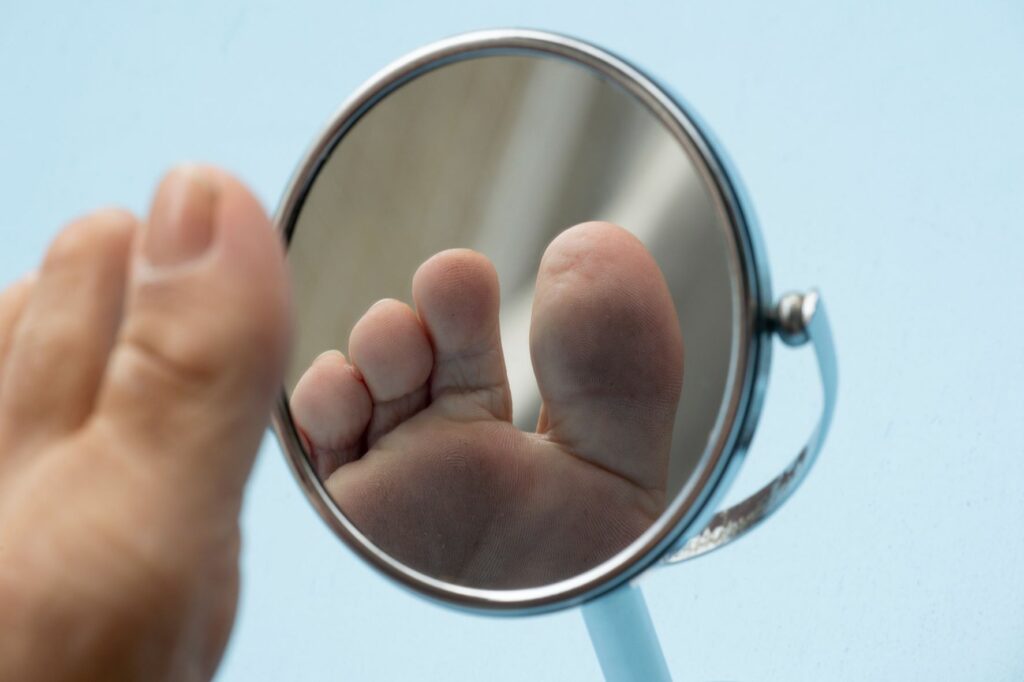Taking Charge of Diabetes with Healthy Feet – Sponsored by White Plains Hospital

Special promotional content provided by White Plains Hospital
By Dr. Edward Costa, Podiatry

When it comes to diabetes, it pays to think about your feet. Foot problems are common in people with diabetes, where high blood sugar can damage the nerves and blood vessels, leading to recurring pain, the development of recurring sores and even, in the most severe cases, amputation.
You might be surprised to learn just how many Americans have diabetes. According to the Centers for Disease Control & Prevention, 37.3 million people (11.3% of the U.S. population) have diabetes, including 8.5 million who are unaware they have the disease. In addition, 96 million Americans over the age of 18 have prediabetes, including 26.4 million of those aged 65 and older; over 80% of that total are unaware they have the condition.
Obviously these are significant numbers. Yet many diabetics (and those who suspect they may be diabetic) do not visit their primary care physician or podiatrist often enough to monitor their progress. According to the American Diabetes Associations, those with diabetes should visit their podiatrist at least once a year for a full checkup. Such visits help patients become better educated about caring for their feet and reduce their chances of neuropathy.
Evidence of neuropathy in diabetics includes tingling (and even sharp pain) and/or numbness in the feet, as well as muscle weakness, which can have an adverse effect on balance and coordination. If a patient is experiencing neuropathy, a visit to the podiatrist should take place every three to six months for proper monitoring.
What to Look For
Calluses on the feet can develop more quickly than they do for non-diabetics, potentially masking some of the above symptoms and turning into ulcers – open sores that can take longer than normal to heal. But even if they heal properly, these sores can reoccur; again, regular visits to a podiatrist is highly recommended.
Diabetics should check their feet regularly for anything suspect – unusual calluses, blisters, foreign bodies – even if they correctly never go barefoot. Undetected and untreated, sores can lead to further infection – or, ultimately, amputation.
We of course want to avoid amputation, whether it be a toe, a foot, or even the leg below the knee. White Plains Hospital maintains a limb salvage program, whose members in addition to me include other podiatrists as well as representatives from our wound care, orthopedics, plastic surgery and infectious disease departments.
The takeaway here is simple: plenty of help is readily available, but vigilance on the part of the patient can be critical. This may include changing one’s lifestyle – including diet and exercise regimen, along with self-monitoring and regular trips to the doctor including your podiatrist – to better manage the disease.
Dr. Edward Costa is a board-certified podiatrist at the Scarsdale Medical Group office in Harrison and at the White Plains Hospital Physician Associates office in Larchmont. His specialties include orthotics. For an appointment, call 914-723-8100.






